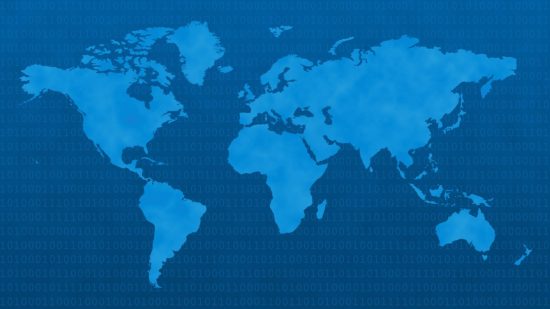“Measuring and mapping the global burden of antimicrobial resistance”
“The increasing number and global distribution of pathogens resistant to antimicrobial drugs is potentially one of the greatest threats to global health, leading to health crises arising from infections that were once easy to treat. Infections resistant to antimicrobial treatment frequently result in longer hospital stays, higher medical costs, and increased mortality. Despite the long-standing recognition of antimicrobial resistance (AMR) across many settings, there is surprisingly poor information about its geographical distribution over time and trends in its population prevalence and incidence. This makes reliable assessments of the health burden attributable to AMR difficult, weakening the evidence base to drive forward research and policy agendas to combat AMR. The inclusion of mortality and morbidity data related to drug-resistant infections into the annual Global Burden of Disease Study should help fill this policy void.
Conclusions
Results from this effort will contribute to the assessment of the burden of AMR over time, allowing an evaluation of current and past magnitude and geographical dispersion of the hazard, thus providing essential health intelligence to guide interventions and policies, as well as a benchmark for measuring the impact of interventions on future burden. By incorporating this work into the GBD, it will enable comparison of the loss of healthy life due to AMR for populations around the world relative to other causes of disability and mortality by age, sex, and location over time. In addition, updates to data and results will enable ongoing annual assessment of the incidence of AMR to track progress towards reducing its burden. This aim will benefit from and be supported by similar streams of work within this AMR project that will map the prevalence and incidence of resistance of selected bacteria-antibacterial drug combinations at the highest geographic resolution possible (Table 1). Analyses such as these are urgently required to provide accurate and timely data on the magnitude of and trends in AMR burden across the world. Accurate assessments of AMR burden can be used to inform treatment guidelines and agendas for decision-making, surveillance and research, to detect emerging problems, help guide investments in combatting AMR, and monitor trends to inform global strategies, as well as to facilitate the assessment of interventions over time.”
Read more: Springer Link



